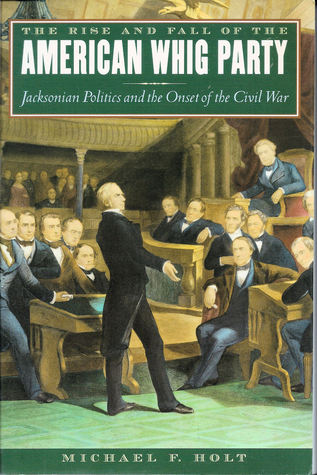 |
| Christmas at Gehio Headquarters |
The first Christians didn't celebrate Christmas at all and it was about 400 years before we see any evidence that they did. And when they finally did it was mainly to replace the last traces of pagan worship practices in the Holy Roman Empire.
The first Christmas in America at Plymouth on December 25, 1620, went unobserved. "Foolstide" as they called it, was considered by these non-Catholics as sinful, immoral, wasteful and pagan in origin with no Biblical basis and was thus banned. Many Protestant groups in the US and Britain disapproved of any celebration of Christmas which was punishable by fines in those days.
Throughout the 18th century, Christmas was celebrated or not in the US in various ways depending on your ethnic background and geographic location but was still not that big of a deal. Easter was where it was at.
In 1820, the American author Washington Irving published the popular book "The Sketch Book of Geoffrey Crayon, Gent.". It was a collection of essays notable for "Rip Van Winkle" and "The Legend of Sleepy Hollow" but also included five Christmas themed stories which depicted long abandoned English festival traditions supposedly dating back to medieval times. Then there was the popular Clement Moore 1823 poem "A Visit From St. Nicholas" aka "'Twas the Night Before Christmas" which borrowed from Irving and help popularize Santa Claus.
However, the modern notion of "traditional" Christmas took hold in the Victorian era after the English author Charles Dickens published the popular goodwill story "A Christmas Carol" in 1843 and revived some of the same old holiday traditions. Dickens cites Irving's stories as an influence. Americans also adopted some of these practices after having shunned all things English for many years after the American Revolution. Christmas was more or less a second-rate holiday in England prior to Dickens and Dickens' book wasn't in wide circulation in the US until after the American Civil War. Easter was still the main event in the Christian religion at that time. Christmas Day didn't even become a US Federal holiday until 1870. That was about 1,520 years after Rome did.
 |
| At the "first" church Christmas Tree sign |
A local newspaper called this Christmas tree "a nonsensical, asinine, moronic absurdity." It editorialized against "these Lutherans . . . worshiping a tree . . . groveling before a shrub" Worse, it recommended that the good Christian citizens of Cleveland ostracize, shun and refuse to do business with anyone "who tolerates such heathenish, idolatrous practices in his church."
"A tree in the chancel?" roared an indignant man. "What kind of a minister are you?". So they basically called for a boycott because they were offended by differing views. Some things never change. keep in mind that this part of the 19th century was an era of violent anti-German sentiment, especially in Ohio.
 |
| Obligatory Cleveland Christmas stop |
I'm definitely not trying to be a humbug here. Celebrate Christmas how you want. Secular or religious or a combination of both. Say "Happy Holidays" or "Merry Christmas". Sing "Silent Night" or "Jingle Bells". Write Xmas or Christmas (it's the same thing, see above). Go to church on Christmas morning and/or open presents from Santa. Or don't do anything. If you are going to complain about the secularization of modern Christmas, blame Irving and Dickens. Their beloved 19th-century stories not unlike most popular 20th-century Christmas movies such as A Christmas Story or the Grinch aren't anything about the birth of Christ and are more about giving, hope, and redemption...and sometimes ghosts and good food.





























